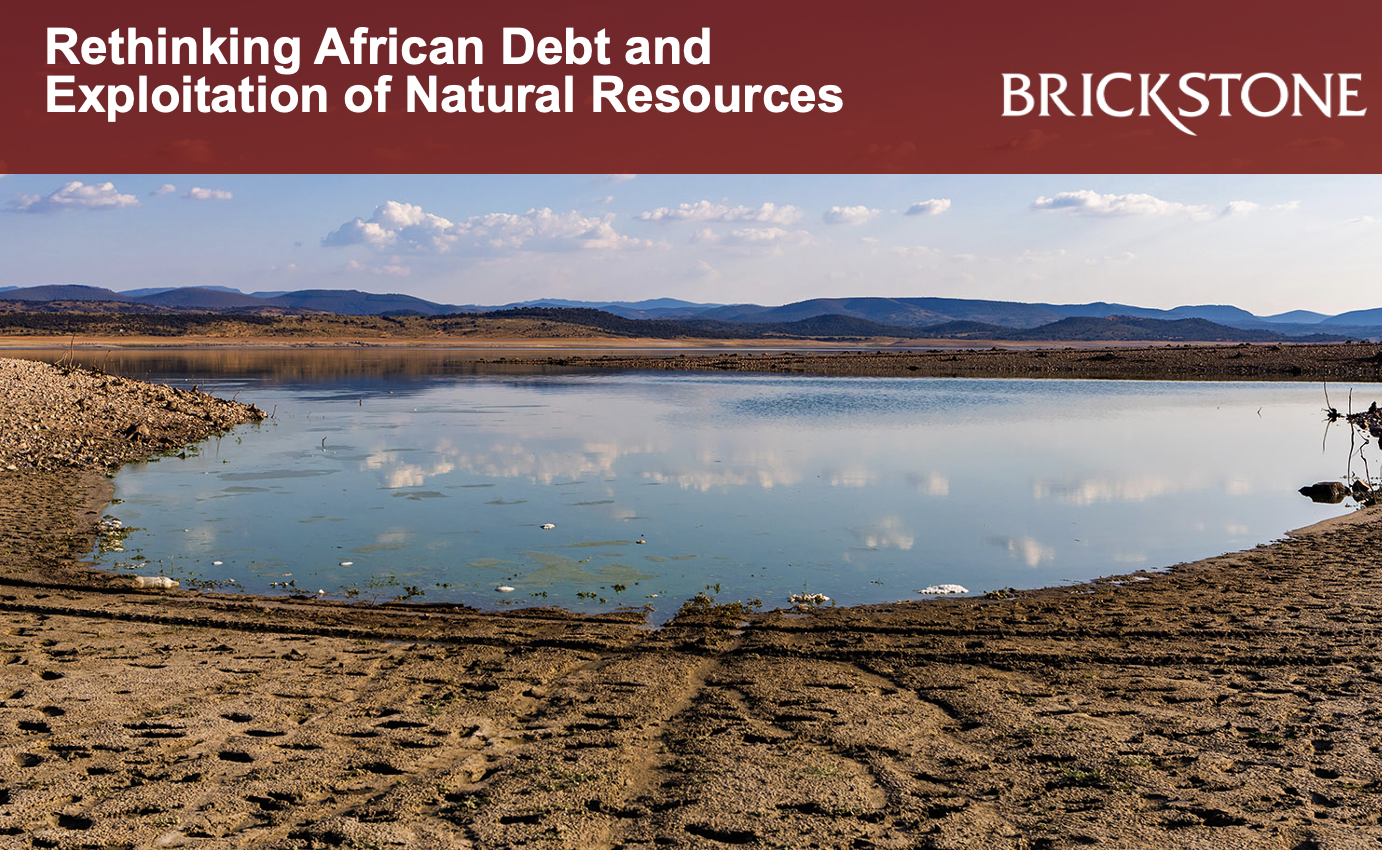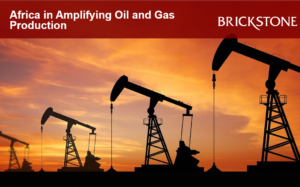Rethinking African Debt and Exploitation of Natural Resources
Africa is endowed with abundant and diverse natural resources and natural capital wealth. According to African Business, close to 8% of the Earth’s natural gas reserves, a third of global mineral reserves, and a 10th of the global oil reserves reside in Africa. Also, over two-thirds of the world’s arable land and a third of the world’s CO2-storing tropical rainforests are domiciled in Africa. Africa’s mineral wealth makes it potentially one of the richest continents, yet Africa is home to the poorest countries in the world.
Despite having historically low emissions levels compared with other regions, Africa’s CO2 emissions are fast growing due to increased emissions from its tropical lands. This recent growth is driven by increased natural resource extraction and consumption linked to increasing material use on the continent and abroad in recent decades.
As indicated in Sustainable Development Goals 8.4.11 & 12.2.12, it is important for Africa to focus on sustainable exploitation management and consumption of natural resources. But while the literature is replete with studies on the material footprints of nations and the world at large, there is a lack of studies focused on tracing the trends and understanding the determinants of Africa’s raw material extraction and footprint.
This article by Brickstone Africa reviews African Business’ publication on African debt and leveraging the exploitation of the continent’s natural resources.
Rethinking African Debt: The Rise in Africa’s Extraction and Export of Raw Materials
The findings of a new study that calculates sub-Saharan Africa’s raw material footprint over the past two decades, shows that production and consumption levels nearly doubled between 1995 and 2015. Africa is a net exporter of raw material footprints across all material categories – biomass, construction materials, fossil fuels, and ores. Raw material equivalents of exports referred to as raw material footprints embodied in Africa’s exports of goods and services to the rest of world increased by 53%, from 1.95 gigatonnes in 1995 to 2.98 gigtonnes in 2015.
In Africa, there is a distressing correlation between debt and the need to export raw materials. A new paradigm is needed in which African countries focus on creating wealth via adding value to their vast raw material riches.
The raw material footprint in African exports increased for almost all African countries. Countries such as South Africa, Egypt, Nigeria, Algeria, Angola, and Ethiopia saw the highest growth in raw material equivalents of exports over the period. Meanwhile, the biomass footprint in African exports increased by 43% over the same period, reflecting Africa’s increasing agricultural commodities exports, such as cocoa, palm oil, coffee, tea, and cotton, among other cash crops, and horticultural products, particularly to Europe and Asia.
The fossil fuel footprint in African exports was highest in South Africa, Algeria, and Nigeria, while Western Africa (Mauritania, Guinea, and Ghana) and Central Africa (Democratic Republic of Congo) made up more than a third of the ore footprint.
These soaring levels of raw material equivalent of exports reveal the strong connection between raw material extraction and growth strategies of African countries. Is this rewarding and sustainable?
The cutting down of major carbon sinks and digging up of mineral resources for export and the associated detrimental impact on the environment and climate change has not resulted in resilient growth, economic transformation and prosperity on the continent.
There has been a lack of structural transformation whilst informal employment has increased over the years. A study due to be published in 2023 shows that informal workers in Africa are mostly at the lower tier segment of the labour market, a dead-end with little chance of moving up the job ladder.
There are bigger questions as to how African countries can create opportunities to allow these low-tier informal workers to move up the job ladder. Can African countries create better job opportunities using their natural resources?
Rethinking African Debt: The Distressing Correlation Between Debt and Raw Material Footprints
The African Business’s findings reveal a strong and positive correlation between national debt and raw material footprints embodied in African exports.
This is distressing. Given the sky-rocketing debt levels of many African countries, exploitation of natural resources is one of the key avenues available to combat their debt crisis, although it comes with a heavy environmental cost.
With the current growth and development paradigm, raw material equivalents for exports are set to increase substantially in a bid to service their debts using mineral and oil revenues, but this has disastrous consequences for the environment.
As much of the world focuses on the next steps in addressing the climate crisis, the funding squeeze and rising debt levels means that climate action will take a back seat in African countries. Increasing debt and intensification of extraction of raw material for export will leave Africans in extreme poverty.
The finding shows the urgent need to bring the debt issues upfront when discussing climate change, and the call on lenders to see their role in Africa’s growing environmental burden.
Read the complete publication here.







